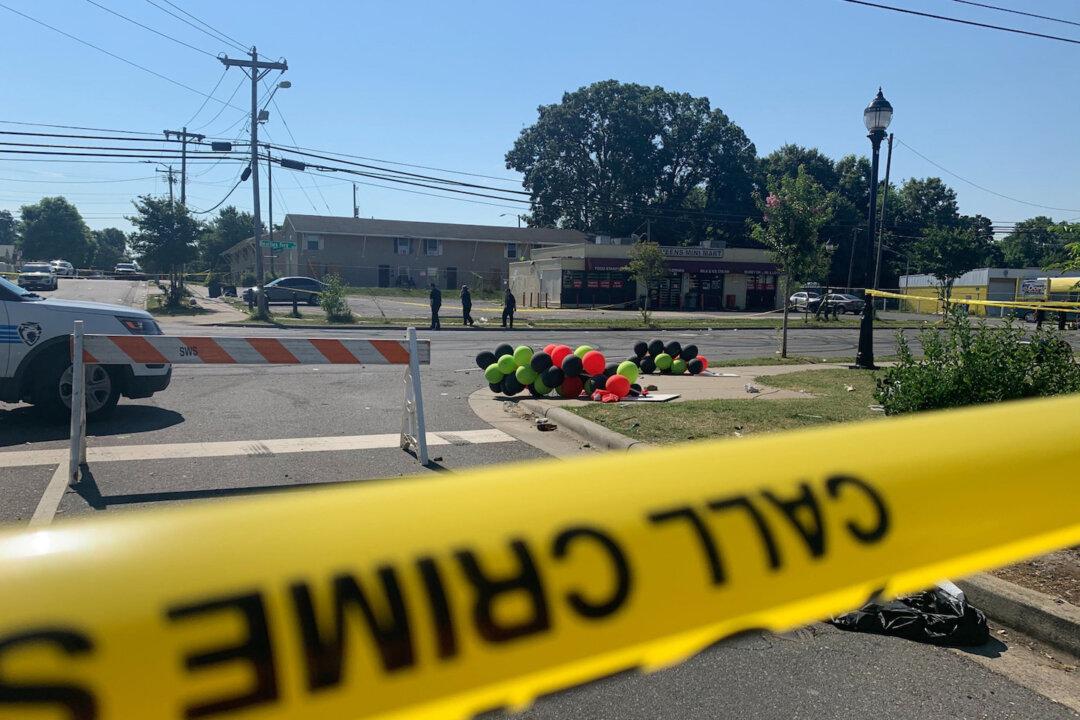Murders across the United States have surged since 2019, while robberies and motor vehicle thefts soared last year, a new study of crime trends published on Jan. 26 by the Council on Criminal Justice shows.
The Council on Criminal Justice (CCJ), a nonpartisan organization, examined monthly crime rates for ten violent, property, and drug offenses in 35 U.S. cities in 2022.




